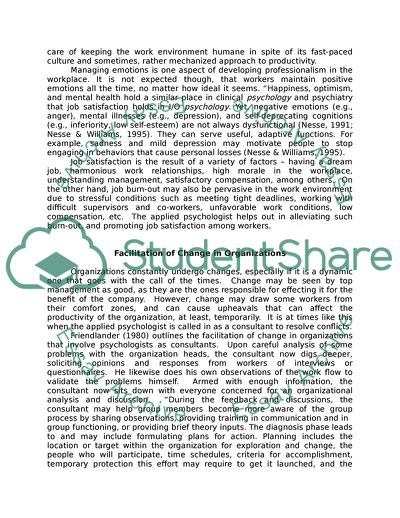Cite this document
(The Applied Psychologist in Organizational Culture Coursework, n.d.)
The Applied Psychologist in Organizational Culture Coursework. Retrieved from https://studentshare.org/psychology/1707489-with-reference-to-organisational-culture-discuss-the-role-of-the-applied-psychologist-in-the-field-of-employee-relations
The Applied Psychologist in Organizational Culture Coursework. Retrieved from https://studentshare.org/psychology/1707489-with-reference-to-organisational-culture-discuss-the-role-of-the-applied-psychologist-in-the-field-of-employee-relations
(The Applied Psychologist in Organizational Culture Coursework)
The Applied Psychologist in Organizational Culture Coursework. https://studentshare.org/psychology/1707489-with-reference-to-organisational-culture-discuss-the-role-of-the-applied-psychologist-in-the-field-of-employee-relations.
The Applied Psychologist in Organizational Culture Coursework. https://studentshare.org/psychology/1707489-with-reference-to-organisational-culture-discuss-the-role-of-the-applied-psychologist-in-the-field-of-employee-relations.
“The Applied Psychologist in Organizational Culture Coursework”. https://studentshare.org/psychology/1707489-with-reference-to-organisational-culture-discuss-the-role-of-the-applied-psychologist-in-the-field-of-employee-relations.


